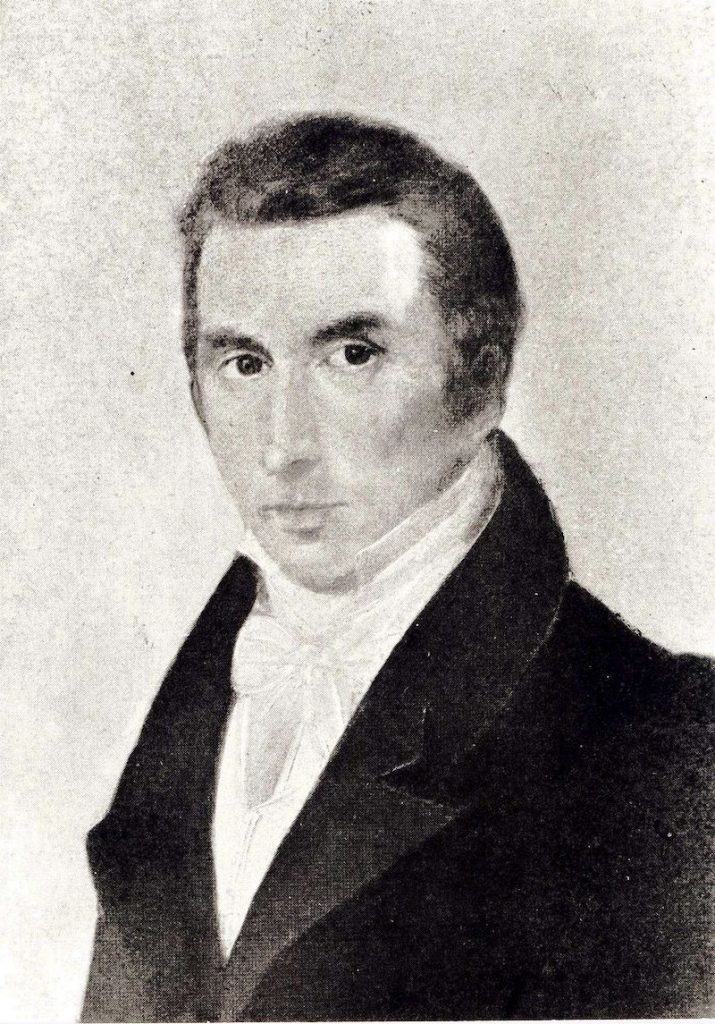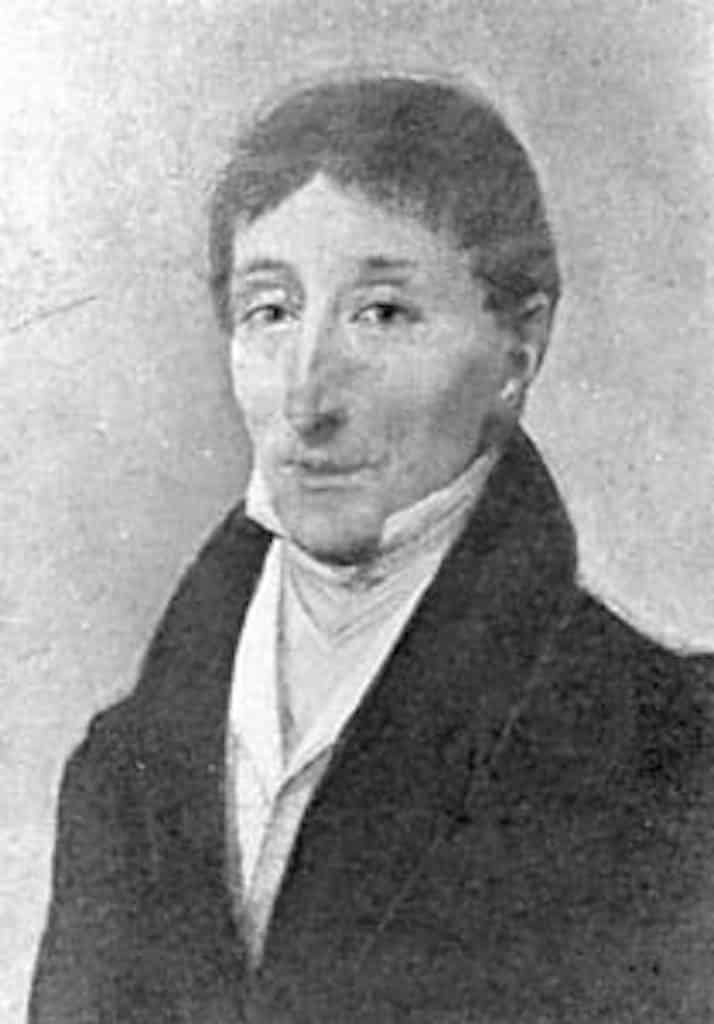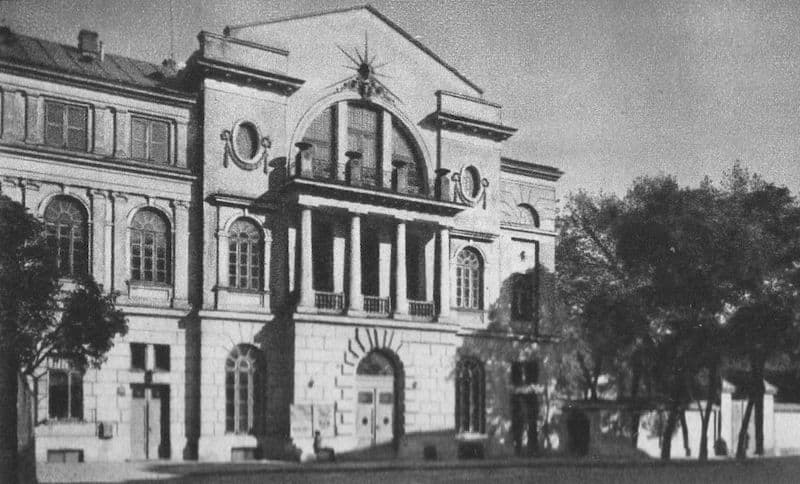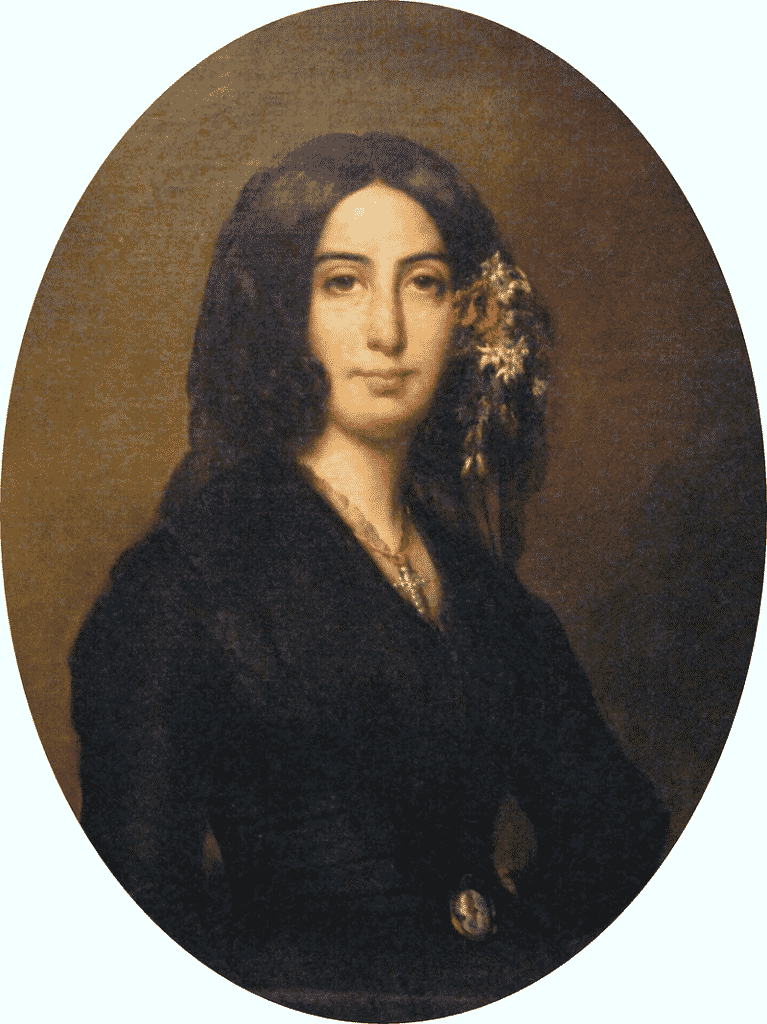We know that Frederic Chopin was a well-revered Polish and French composer. He lived (1810–1849) during the Romantic period and left behind a legacy dominated by piano solos and poetic tones.
But did you know he came from a family of artists or that he wanted his work destroyed? There are probably many things not so well-known about this classical prodigy.
That’s why, in this post, we’re going to take a look at 12 interesting facts about Chopin. Continue reading to find out more!
1. His Father Was a Teacher

Chopin’s father, Nicholas (Mikołaj in Polish), emigrated to Poland from France and worked as a private tutor. He first taught high-society families and eventually married someone from one of the families he first tutored.
Later, Nicolas went on to teach French at the Warsaw Lyceum before Chopin reached his first birthday.
From 1823 to 1826, Chopin attended the Lyceum where his father was a teacher. His father’s guidance was important in developing Chopin’s artistic skills.
2. He Came From a Family of Artists

Chopin’s family was full of artists and members who had artistic talents. His mother and oldest sister both played the piano, which inspired him as a young child.
At six years old, Chopin started trying to play what he heard from them. By seven, he began taking piano lessons from Wojciech Zynwy.
Zynwy had broad musical tastes and a good sense of values. Even though Zynwy had a simple playing style, Chopin developed an original sound.
3. Chopin Was a Child Prodigy
Chopin began composing at a young age. He published his first piece when he was seven and was even performing at private parties by invitation.
By the time he was eight, he had performed in public for the first time at a charity event. A few years after his first public performance, he played for Alexander I, the Russian tsar.
His work also caught the attention of the Russian grand duke, Constantine. Chopin’s composition from age seven, Polonaise in G Minor, was even adapted for Constantine’s military band to play in a parade.
4. He Studied at the Warsaw Conservatory of Music

At 16, Chopin enrolled at the Warsaw Conservatory of Music to study under Joseph Elsner, another Polish composer. Before that, Chopin had already learned musical theory from Elsner.
Although Elsner was known for traditional teaching, he understood that Chopin needed freedom to explore. So during his time at the conservatory, Chopin was allowed to develop his own style.
5. Chopin Had a Relationship With a Novelist

Chopin’s love life was often unstable; many of his relationships lasted less than a year. However, meeting French author Amantine Lucile Aurore Dupin, known best as George Sand, in 1838 was different.
By 1839, they were spending a lot of time together on the Spanish island of Majorca. In March of that year, Chopin came down with tuberculosis.
They moved to Marseille near Paris to recover. During this time, Chopin wrote some of his most famous pieces, including Sonata in B Minor.
6. Chopin Was Influenced by Classical Composers
Even though Chopin developed a unique style, he was influenced by other classical composers. Bach, Beethoven, and Mozart were listed among his top inspirations.
During his early years, Chopin actually kept one of Bach’s compositions with him. He also prodded his piano students to study Bach’s music.
Chopin relied on the Italian composer Muzio Clementi’s piano techniques when he taught his students. Hummel and Hayden were also on his list of musical influences.
7. He Was Frenemies with Franz Liszt
Chopin and Liszt had a love-hate friendship. They were both great composers and pianists of their time, which led to some rivalry.
Chopin admired Liszt’s skills but sometimes got jealous. Liszt would play Chopin’s nocturnes with extra flourishes, which annoyed Chopin because he felt it took away from the original music.
Their personal lives also caused tension. Both had relationships with famous women, leading to occasional romantic rivalries.
Despite their disagreements, they performed together and respected each other’s talents. This mutual respect kept their complicated friendship going.
8. He Played in the Dark
Chopin was a private and shy person, so he would blow out the candles and play without any light.
He started this habit as a child and continued it into adulthood. He might have done this to hide his expression or to keep the audience out of his view.
Playing in the dark helped Chopin focus entirely on the music. Without visual distractions, he could connect better with the keys and play more expressively.
This deep focus made him an even greater pianist, as everything centered on himself, the piano, and the music.
9. The Composer Focused on Short-Form Music
Unlike his fellow musicians, Chopin’s pieces were nearly all written for the piano, and he focused on producing short-form pieces rather than longer compositions.
Chopin did not write any symphonies, and the sonatas he ended up writing were just a handful in number.
The pieces Chopin wrote could be played in less than 10 minutes, and for the most part, they could be played within three to five minutes.
10. He Died in Paris
Chopin’s last days were spent in Paris where he died on October 17, 1849, at the young age of only 39. It’s thought he died from tuberculosis.
While his body was buried in a local cemetery, his family had his heart interred in Warsaw, which he had requested prior to his death.
By the time he died, Chopin’s relationship with the novelist George Sand was over.
His final public appearance as a musician was on November 16, 1848, in the British Isles.
11. Chopin Wanted His Work Destroyed
Before his death, Chopin wanted his unpublished music destroyed. Thankfully, after he died, his mother and sister ignored this wish and decided to publish the music instead.
Today, many of the waltzes, polonaises, and nocturnes attributed to Chopin were published after his death.
It is not known why the composer wished to have his unpublished work destroyed. Perhaps he felt they were not good enough.
12. He May Have Had Undiagnosed Epilepsy
After Sand’s daughter got married and left home, Chopin became moodier, which strained his relationship with Sand.
Some believe that Chopin’s moods were not just about his relationship but also due to a physical condition. It is thought that he had epilepsy, which can cause seizures, fainting, dizziness, and fatigue.
Sometimes, epilepsy can cause anxiety and depression, as well as staring spells. These spells can indicate a type of seizure that does not include visible shaking or jerking.
Summing Up Our List Of Chopin Facts
Frédéric Chopin’s life and works are truly fascinating. Learning the lesser-known facts about his life helps us appreciate the genius behind his music even more. Without a doubt, he was a unique individual
We hope you enjoyed learning about Chopin as much as we enjoyed sharing it. Now that you know a bit about the man, go ahead and enjoy some of his compositions!
